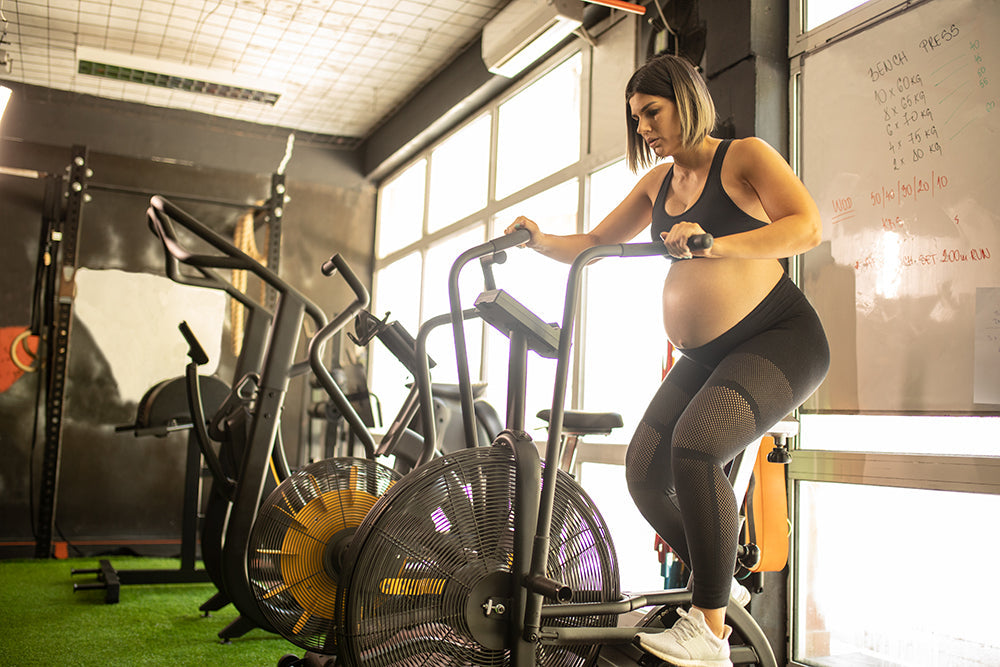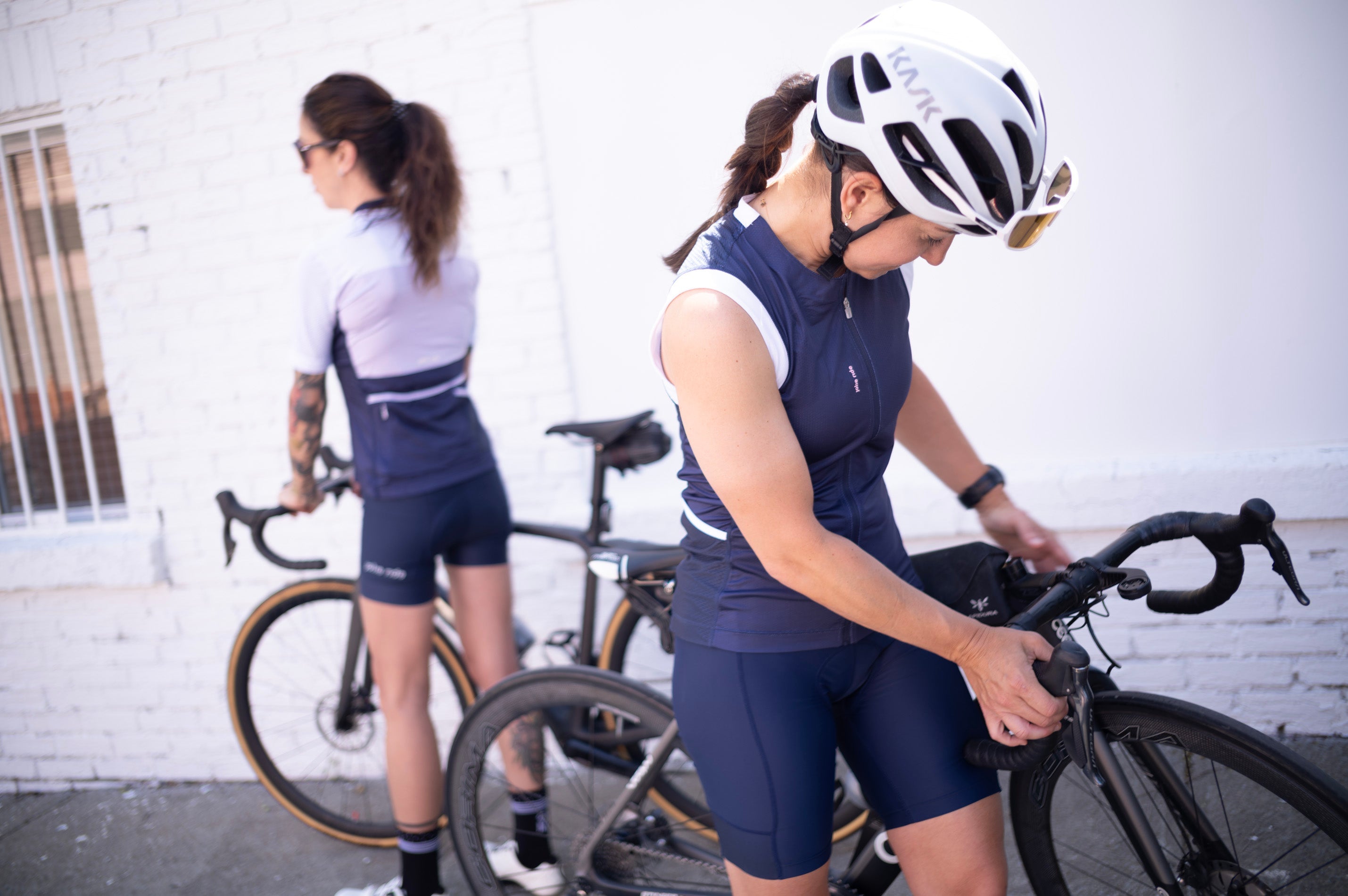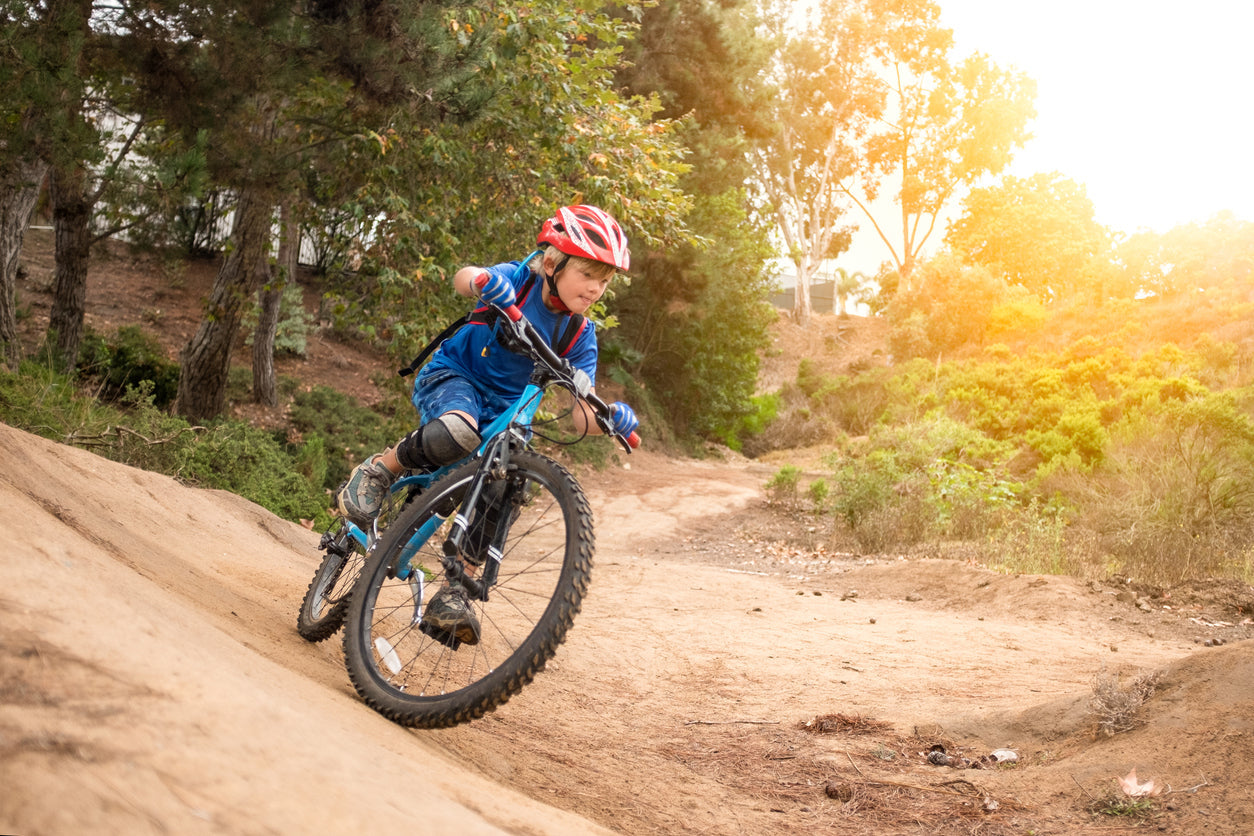Are pregnancy and road cycling compatible?

Here at Bougeotte et Placotine, we are a few athletic mothers. For some of us, the favorite sport is cycling, either road or mountain. As a perinatal kinesiologist, I obviously encourage the practice of sport during pregnancy. I am actually so passionate about it that 15 years ago, I dedicated my master's degree to the subject of the adaptation of sport during maternity in order to avoid pregnancy-related problems. From this came an urge to "spread" the good news: It is absolutely possible to move while pregnant and then return to sports afterwards with the least after-effects, provided that the we adapt the sport in question and that we understand and respect our body.
For several years, thanks to social media, I witnessed more and more active women during pregnancy. And although I am ecstatic about this, I sometimes feel the need to highlight certain notions of safety and make sure that women who decide to keep practicing their favorite sport can make informed choices, having all the existing and up-to-date information.
Recommendations and benefits of an active pregnancy
I will not dwell on the subject, because fortunately, for almost 30 years, it has been clear that there are way more benefits to being active during pregnancy than to being sedentary. Just to name a few: Prevention of the onset of metabolic diseases, improvement of sleep, intestinal transit, improvement of quality of life and tolerance to back and pelvic pain, reduction of medical interventions during childbirth, oxygenation of the placenta, reduction and prevention of symptoms of prenatal depression. In short, there are many benefits to getting your belly moving! Moreover, it is recommended that pregnant women practice 150 minutes of moderate-intensity physical activity per week, ideally over 5 to 7 days. Hence, it is better to move 30 minutes a day than twice 2h30 over the week. Moderate intensity means reaching an exertion level between 13 and 16 out of 20. You can also use the talk test, i.e. moderate intensity means reaching a slight shortness of breath during exertion while still having the ability to hold a discussion.
It is the responsibility of futur parents to choose whether the practice of a particular sport is safe or not.
Why should we adapt sport?
During pregnancy, the body experiences several physiological changes. Whether they are of a hormonal nature, allowing implantation, the continuity of pregnancy, the formation of the placenta, the expulsion of the baby, or of a postural nature, that is to say, the belly which changes the center of balance or the lower back which becomes more hollow, the mother's body must be respected in order to avoid injury. These hormones, necessary to the growth of the fetus, have a direct impact on the mother's tissues, making them, among other things, looser. They are also often responsible for lower blood pressure and all these changes can create pain in the joints, including the pelvis. In addition to this, the amount of blood is increased during pregnancy and the mother's heart can reach up to 15 beats per minute over than usual, causing shortness of breath earlier during exercise. Since we know more and more about these changes and their repercussions, recommendations have been issued following several studies carried out by researchers. They have of course also issued contraindications in order to protect the development of the fetus.
Main contraindications during pregnancy:
- The practice of sport in a competitive context
- Activities at very high temperatures during the first trimester (in order to avoid hyperthermia which can harm the development of the fetus in the first trimester)
- Scuba diving
- Climbing to altitudes over 2500m
- Sports that can cause falls or great impact
So is cycling contraindicated?
There is not an exhaustive list of sports to avoid. It is the responsibility of futur parents to choose whether the practice of a particular sport is safe or not. Of course, in the cases of road cycling and mountain biking, there are indeed risks of falls and impact. A dangerous impact could cause placental abruption, harm the developing fetus and even cause hemorrhage.Concretely, there is always an uncontrollable environmental aspect when practicing sport. The terrain, the people around and the temperature are not controllable.
Your body, your choices. Personally, I preferred to sit on my stationary bike during my pregnancy. This allowed me to control the intensity, adjust my handlebars to make room for my belly and train without fear of taking a bad turn, or needing to be hypervigilant during the descents, in short, it was the best choice for me.
So there you go, cycling is a superb sport, which allows you to get some fresh air, see the landscape, fill up on endorphins, but it is not without any risks. The choice is up to you. To me, the important thing is that you have access to all the info in order to make your own decision.
Happy active pregnancy


